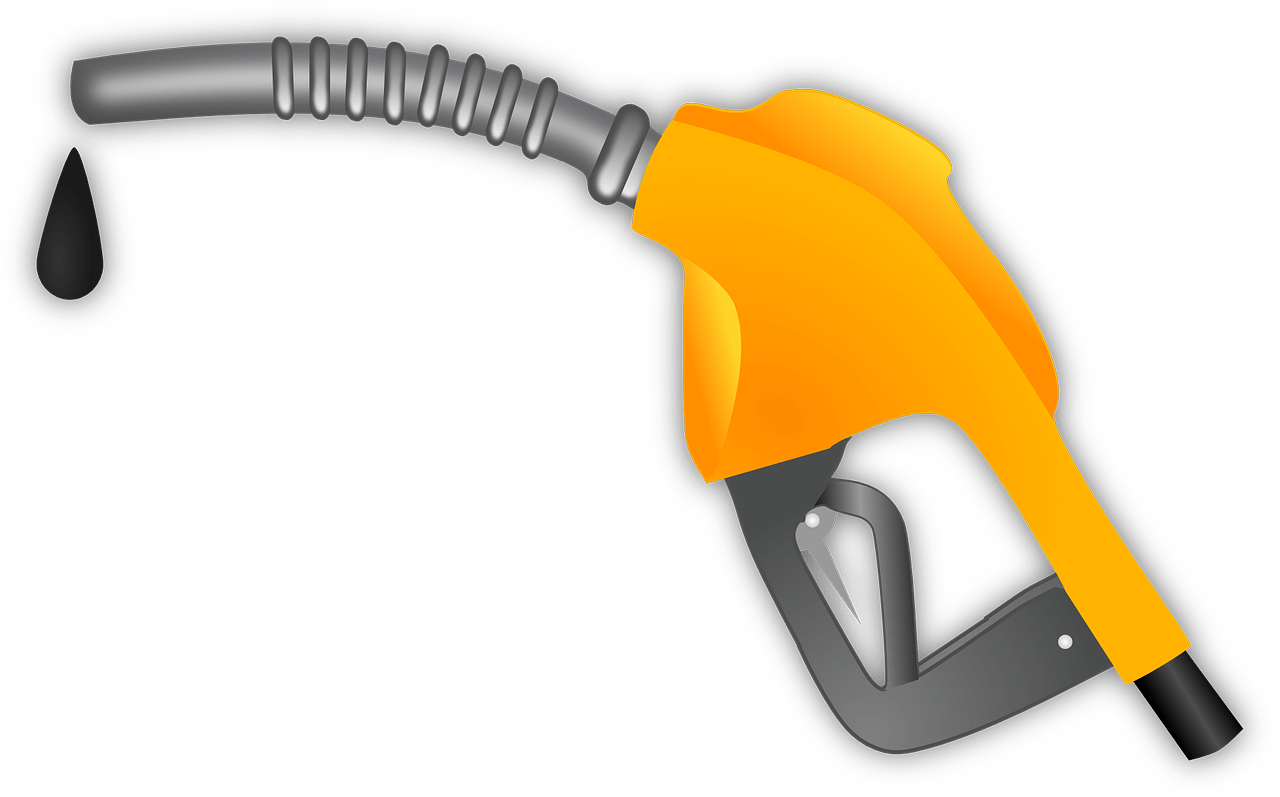Ethanol, or also known as ethyl alcohol or grain alcohol, is a colorless and transparent liquid that acts as the main ingredient in alcoholic drinks such as brandy, wine, and beer. Because ethanol can easily dissolve in water and other organic compounds, ethanol is also used other products such as beauty and personal care, pains, and even fuel. Ethanol is a byproduct of plant fermentation, and it can also be created by hydrating ethylene. In this article, we are going to know more about ethanol, its different uses, and its pros and cons.
Uses and Benefits of Ethanol
- Personal Care Products – Ethanol is one of the most common ingredients that is found in beauty and cosmetic products. This is because ethanol acts as an astringent that helps clean the skin. It is also added in lotions where it acts as a preservative and helps ensure that the components of the lotion do not separate. Ethanol is also used in hairsprays to help it stick to the hair. Ethanol is also useful when it comes to killing microorganisms such as viruses, fungi, and bacteria, which is why it is a common ingredient in several hand sanitizers.
- Household Products – As we mentioned, ethanol has the ability to mix quickly with water and other organic compounds. Which is why it is a useful solvent to use in varnish, lacquers, paints, and even household cleaning products. Ethanol is used as an additive and preservative to cleaning products because it can kill organisms that could be a danger to humans.
- Fuel – Almost 97 percent of the gasoline in the United States contains ethanol. It is commonly found in a mixture called E10, which is made of 10 percent alcohol and 90 percent gasoline to reduce air pollution and oxygenate the fuel. Plus, research shows that ethanol has a higher octane number compared to gasoline, which means that it has premium blending properties.
- Food Additive – When used as a food additive, ethanol can help to evenly distribute food coloring and enhance the flavor of food extracts. For example, vanilla extract, which is a common food flavoring, is created by processing and curing vanilla beans in a mixture of water and ethanol. The Food and Drug Administration of the United States only allows the vanilla to be labeled as an extract when it has an ethanol or alcohol base.
Advantages of Using Ethanol as a Fuel
Basically, experts consider ethanol to be better for the environment compared to traditional gasoline. This is because ethanol-fueled cars are known to produce lower carbon dioxide emissions and lower hydrocarbon and oxides of nitrogen emissions. Because ethanol mostly comes from processed corn, ethanol helps to reduce the pressure to drill fossil fuel in environmentally sensitive places such as the Arctic Ocean, the slope of Alaska, and the Gulf of Mexico. Ethanol fuel can also replace the need for environmentally shale oil, such as the one that comes for the Bakken Shale. Plus, it can also reduce the necessity of constructing new pipelines.
Another thing is ethanol production also supports farmers, which in turn creates domestic jobs. Because ethanol is produced domestically from a locally grown crop, it reduces the dependence on foreign oil and increasing energy independence.
Disadvantages of Ethanol Fuel
Even if ethanol and other biofuels are considered a clean and cheaper alternative to gasoline, industrial farming of soy and corn can still have harmful effects on the environment. This is because growing corn for ethanol needs significant amounts of synthetic herbicide and fertilizer. Corn production is considered to be a frequent source of sediment and nutrient pollution. Plus, research shows that the energy to grow and convert crops into biofuels, more particularly producing ethanol from corn, requires about 29% more power. Which is way more than the power that ethanol is capable of generating.
Aside from its production, the implementation of ethanol is quite tricky because biofuels are not meant to be used for all types of cars, especially the older models. Experts suggest the introduction of flexible fuel vehicles to implement the use of ethanol as a fuel. This gives the consumer the advantage of being able to use gasoline, E85, or a combination of both. Which means they can choose between what is most available and best suited to what they need. However, there is still some resistance that is coming from the automotive industry when adding biofuels, such as ethanol in the market.

